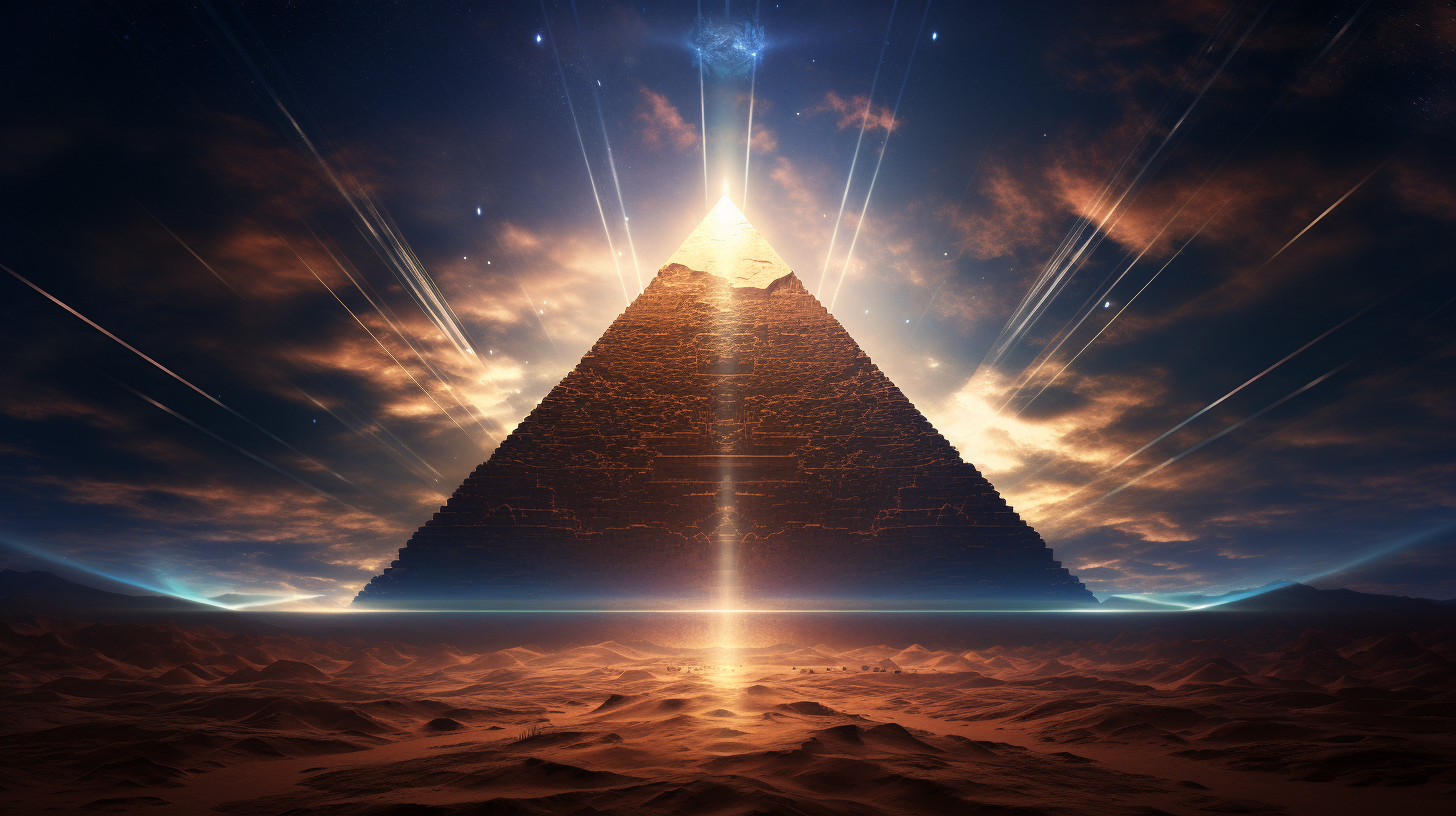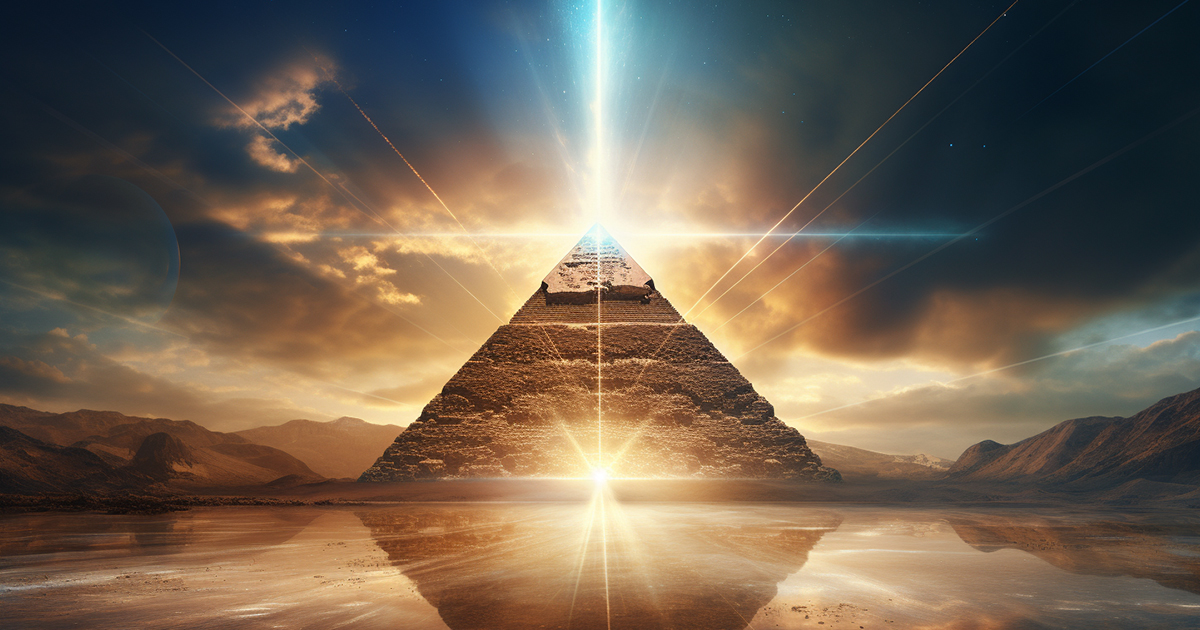A Fresh Approach Unveils
For centuries, the magnificent pyramids of Egypt have mesmerized and puzzled humanity with their grandeur and expert craftsmanship. While traditional beliefs hold that these colossal structures were built as tombs for pharaohs, an intriguing alternative theory proposes a different perspective: perhaps the Great Pyramids once served as powerful energy nodes. Inspired by Season 19 of Ancient Aliens, this narrative explores the captivating notion that these pyramids harnessed energy in extraordinary ways.
Deciphering the Secrets of the Mysterious Obelisks
Among the enigmatic elements of ancient Egyptian obelisks is the deliberate selection of materials for their construction. Rather than utilizing easily accessible resources, the original architects opted for premium granite sourced from the Aswan Quarry in southern Egypt. These obelisks were not merely carved from granite but also embedded with quartz, a crystal renowned for its unique properties, such as producing electricity through pressure-induced piezoelectric effects. This raises the intriguing possibility: Could these towering obelisks have functioned as lightning conductors to harness electrical energy from the sky?

Electrum and its Alluring Conductivity
Another crucial element in the puzzle lies in the use of electrum to crown the obelisks. Electrum, a natural amalgam of gold and silver, may have been intended to attract plasma—electrically charged particles. Advocates of ancient astronaut theories propose that these obelisks symbolized not just power but also acted as literal conduits for energy.
The Great Pyramid: A Monument of Mystery
Towering majestically on the Western Bank of the Nile River, the Great Pyramid of Giza stands as a testament to ancient engineering brilliance. Rising approximately 450 feet high and constructed from over 2 million stone blocks, this architectural wonder has confounded scholars for ages. While mainstream archaeology posits that it was built around 2570 BC using earth ramps, ropes, and pulleys, there remains no definitive evidence regarding its construction techniques or age.
Precision and Complexity in Intricate Design
The remarkable precision employed in constructing the Great Pyramid is truly awe-inspiring. The entire 13-acre site was meticulously leveled within an astonishing 7/8 of an inch, roughly the thickness of a fingernail. The interlocking casing stones, crafted with meticulous accuracy to within ten-thousandths of an inch and sealed with a mysterious cement formula undisclosed to this day, defy the notion of being shaped by ancient civilizations using copper tools.
An Architectural Marvel or a Tale of Tombs?
Within the Great Pyramid, a network of chambers and passageways, including the grand gallery and the King’s chamber, adds to its mystique. Despite the conventional belief that it served as a tomb for Pharaoh Khufu, no human remains or tangible burial markers have been found inside. Engineer Kristan Dunne proposes a different perspective, suggesting that the pyramid was not merely a tomb but a powerhouse. Drawing on over five decades of aerospace experience, Dunne speculates that chemical reactions within the pyramid generated electromagnetic waves.
The Hypothesis of a Power Nexus
Dunne’s theory suggests that chemicals were funneled into the Queen’s chamber via two shafts, producing hydrogen gas that then transitioned into microwaves in the King’s chamber through vibrations. These microwaves could potentially have been channeled through the southern shaft to influence distant obelisks. In this scenario, the Great Pyramid transforms into an energy generator emitting power that could be captured and utilized by strategically positioned obelisks.
Exploring via Video:
Concluding with Intrigue
While the concept of the Egyptian Great Pyramids acting as ancient energy hubs may seem far-fetched, it presents a thought-provoking notion that challenges our perceptions of these iconic edifices. Whether serving as tombs, sanctuaries, or something entirely different, the enduring enigma of the pyramids continues to captivate our imagination and spark further explorations to unveil their mysteries. As we persist in unraveling the enigmas of our historical epochs, who can foretell the new revelations that may illuminate the cryptic pyramids of Giza?
